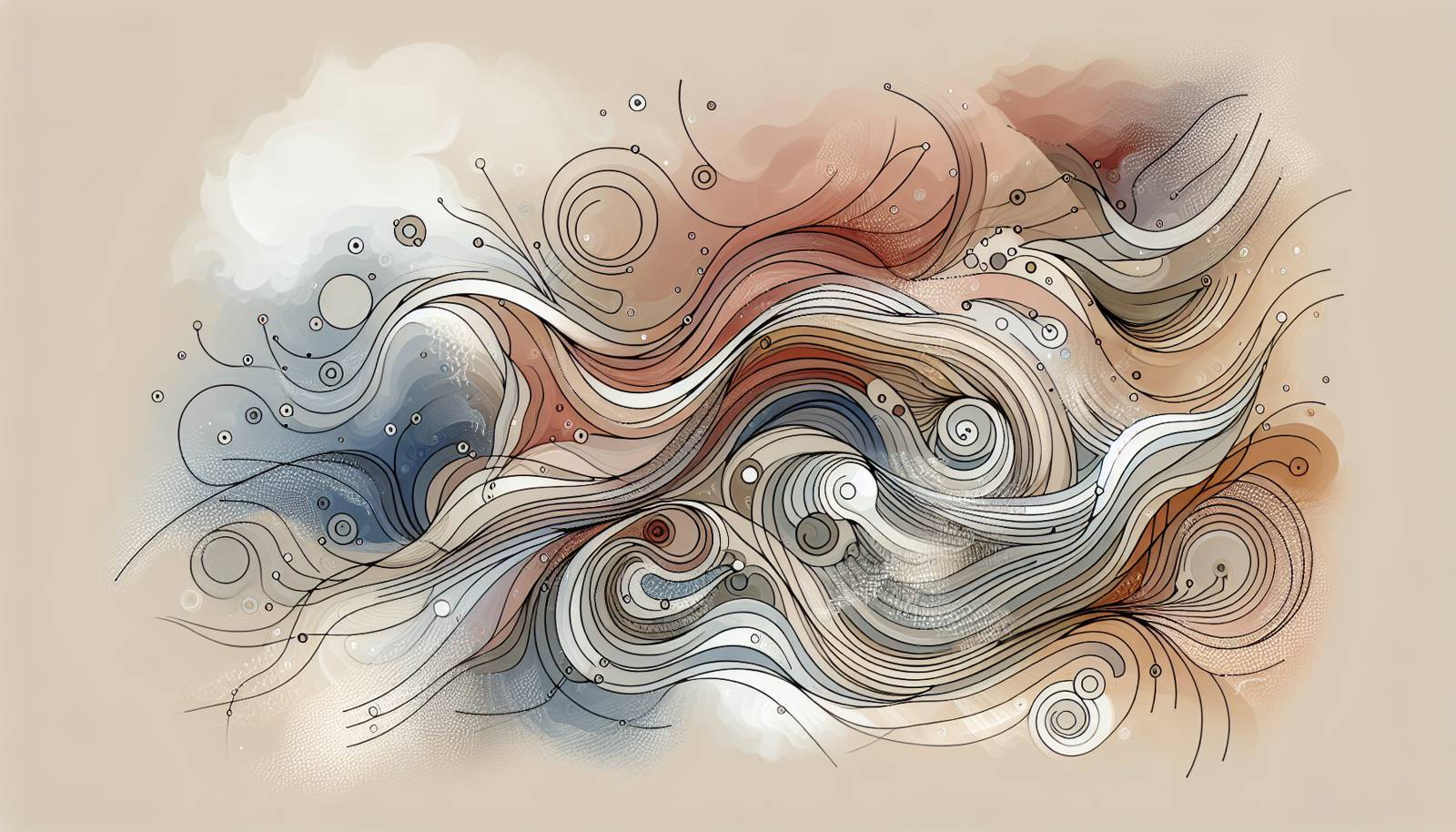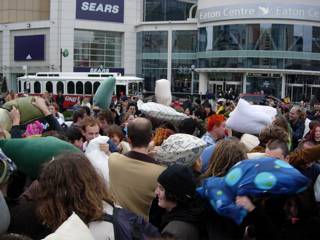
FAQ About The Cultural Impact of Flash Mobs

What is a flash mob?
A flash mob is a group of people who assemble suddenly in a public place, perform an unusual or seemingly random act for a brief time, and then quickly disperse. Often organized via social media or viral email, flash mobs are designed to surprise and entertain onlookers.

How did flash mobs originate?
Flash mobs originated in the early 2000s, with the first recorded flash mob organized in Manhattan in 2003 by Bill Wasik, a senior editor at Harper's Magazine. It started as a social experiment meant to poke fun at the conformist nature of hipster culture by bringing together large groups of people to perform pointless acts.

What cultural impact have flash mobs had?
Flash mobs have significantly impacted culture by providing a platform for artistic expression and community participation. They have challenged traditional views on performance by bringing art to public spaces, often blurring the lines between performer and audience, thereby democratizing performance art.

Are flash mobs legal?
The legality of flash mobs varies by location and the nature of the event. While many flash mobs are legal, those that disrupt public order, block traffic, or occur on private property without permission may subject participants to legal action. Always check local laws and obtain necessary permits if required.

How do flash mobs influence public spaces?
Flash mobs transform public spaces into stages for spontaneous art and performance, often reclaiming these areas for community connection and cultural dialogue. Their transient nature challenges perceptions of ownership and control of public places, creating a sense of shared and dynamic use.

What role does social media play in flash mobs?
Social media plays a crucial role in organizing and promoting flash mobs, serving as a coordination tool and platform for viral spread. Platforms like Facebook, Twitter, and WhatsApp enable organizers to reach a large audience quickly and keep the event details secret until the last moment.

How do flash mobs enhance community engagement?
Flash mobs enhance community engagement by bringing people together for a shared purpose, fostering social connections, and encouraging participation in cultural and artistic activities. They often involve diverse groups, promoting inclusivity and collaboration among community members.

In what ways have flash mobs been used for activism?
Flash mobs have been adapted as tools for activism by using their surprise element and public visibility to raise awareness on social and political issues. These activist flash mobs can draw attention, spark dialogue, and inspire action on topics ranging from climate change to human rights.

Do flash mobs have a lasting impact on local cultures?
While the event itself is temporary, the impact of a flash mob can be lasting, influencing local cultural practices and inspiring further spontaneous gatherings. By transforming perceptions of public space and collective art, they leave a footprint on how communities engage with art and public discourse.

Can anyone participate in a flash mob?
Yes, most flash mobs are open to anyone willing to participate. They often involve simple routines or acts that can be learned quickly. Flash mobs are inclusive events meant to encourage widespread participation, often only requiring attendees to commit to a time and place.

What are some famous examples of flash mobs?
Some famous flash mobs include the "Frozen Grand Central" where participants froze in place at Grand Central Terminal in New York, and the "Thriller" dance performed by numerous groups around the world, often held on Halloween in homage to Michael Jackson's famous music video.

How have businesses used flash mobs for marketing?
Businesses have leveraged flash mobs as marketing tools to create buzz and viral content. These corporate-sponsored events aim to capture attention through unexpected performances that align with brand messaging, ultimately aiming to engage consumers creatively and memorably.

What is the difference between a flash mob and a publicity stunt?
While both are public performances designed to draw attention, flash mobs are typically grassroots events created for art or entertainment, not directly for profit or commercial gain. Publicity stunts are usually orchestrated by organizations to promote a product or service, often with commercial objectives.

How does the element of surprise enhance flash mobs?
The element of surprise is central to the flash mob experience, as it captivates the audience’s attention and creates a memorable impact. The unexpected nature of the performance transforms an ordinary day into an extraordinary moment, leaving a lasting impression on bystanders.

Have flash mobs influenced traditional performance arts?
Flash mobs have influenced traditional performance arts by encouraging innovation in how art is presented and consumed. They demonstrate the potential of performance outside conventional venues, inspiring artists and performers to explore alternative methods of engaging audiences.

What challenges do organizers face when planning a flash mob?
Organizers face several challenges, including coordinating large groups, ensuring participant safety, dealing with potential legal issues, and maintaining the secrecy needed for the element of surprise. Additionally, planning must consider logistical aspects like timing and location.

Are there any risks associated with participating in flash mobs?
Risks can include legal repercussions if the flash mob disrupts public order or occurs on private property without permission. Participants might also face safety concerns, especially in large crowds. It is essential to be aware of local laws and understand the behavior expected during such events.

What is the future of flash mobs?
The future of flash mobs likely involves continued evolution as digital connectivity and social media expand. They may diversify in purpose, serving both as artistic expressions and means of digital activism, potentially integrating new technologies like augmented reality for enhanced experiences.

How do flash mobs differ across cultures?
Flash mobs can vary greatly across cultures, reflecting local traditions, artistic expressions, and societal norms. While the core concept remains the same, the execution and themes often incorporate cultural elements unique to each community, showcasing regional diversity.

How do flash mobs relate to the concept of 'spontaneous order'?
Flash mobs exemplify 'spontaneous order,' where order arises from the seemingly chaotic actions of individuals. Despite appearing chaotic, flash mobs are often meticulously planned, showcasing how organized activities can emerge spontaneously without centralized control.
